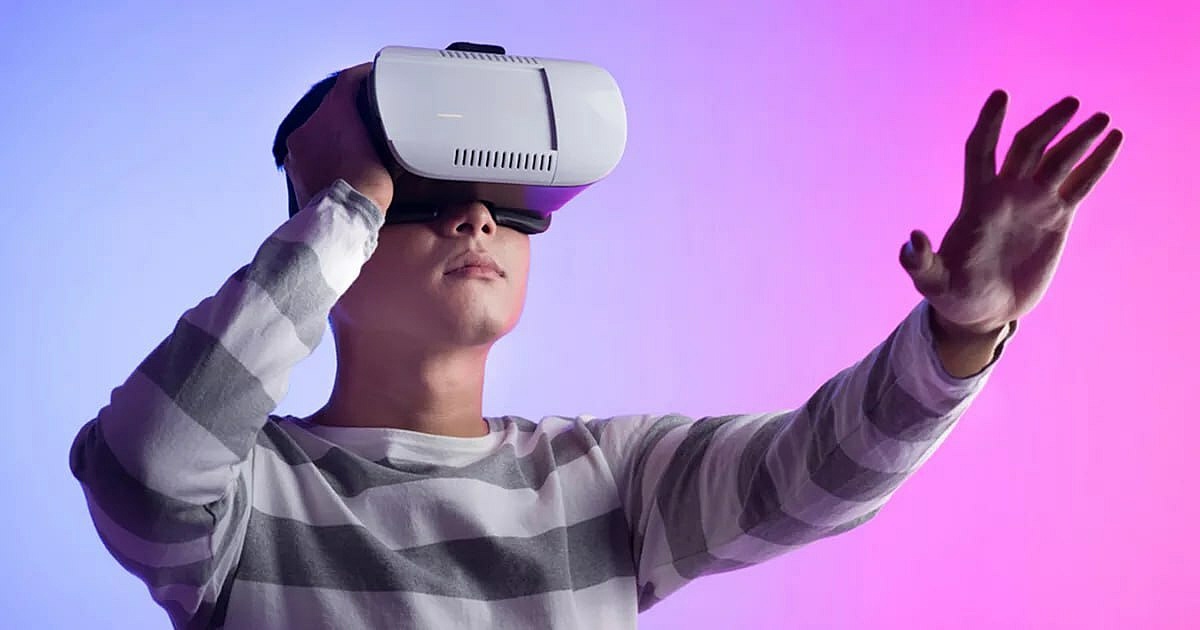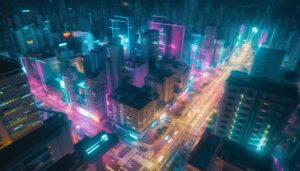Virtual and Augmented Reality (VR/AR) technologies are transforming the way we experience the world around us. VR technology creates a fully immersive, computer-generated environment that users can interact with, while AR technology overlays digital information into the real world. Both technologies have the potential to revolutionize industries and enhance our daily lives in many ways.
Table of Contents
Entertainment
VR technology is already being used in the entertainment industry to create immersive gaming experiences. Users can enter a virtual world and interact with it in a way that was previously impossible. This technology can also be used to create immersive movies and other forms of entertainment.
AR technology is also being used in the entertainment industry to create interactive experiences. For example, the popular mobile game Pokemon Go uses AR technology to overlay digital creatures onto the real world, allowing users to catch them in real-time.
Education
VR/AR technology is being used to transform the way we learn. It can create immersive learning experiences that allow students to interact with digital objects and environments in a way that was previously impossible.
For example, VR technology can be used to create simulations of historical events or scientific phenomena. This can help students to better understand complex concepts and engage with the material in a more meaningful way.
AR technology can also be used in the classroom to create interactive learning experiences. For example, AR-enabled textbooks can overlay digital information onto the pages of a book, providing students with a more dynamic learning experience.
Healthcare
VR/AR technology is also being used to transform the healthcare industry. It can be used to create simulations of medical procedures, allowing healthcare professionals to practice and refine their skills in a safe and controlled environment.
VR technology can also be used to create immersive experiences that can help patients to manage pain or anxiety. For example, VR technology can be used to create calming environments that can help to reduce stress and anxiety in patients.
AR technology can also be used to provide healthcare professionals with real-time information and guidance. For example, AR-enabled glasses can overlay information onto the field of view, providing doctors with important information without requiring them to look away from the patient.
Retail

VR/AR technology is also being used to transform the retail industry. It can be used to create immersive shopping experiences that allow customers to interact with products in a virtual environment.
For example, VR technology can be used to create virtual showrooms that customers can explore. This can help customers to visualize products in a more realistic way and make more informed purchasing decisions.
AR technology can also be used in the retail industry to provide customers with real-time information and guidance. For example, AR-enabled mirrors can overlay digital information onto the customer’s reflection, providing them with information about products and recommendations.
Architecture and Construction
VR/AR technology is also being used to transform the architecture and construction industries. It can be used to create virtual mockups of buildings and structures, allowing architects and engineers to visualize and refine designs in a more immersive way.
For example, VR technology can be used to create virtual walkthroughs of buildings, allowing architects and engineers to see how the building will look and function in real-time.
AR technology can also be used in the construction industry to provide workers with real-time information and guidance. For example, AR-enabled hard hats can overlay digital information onto the worker’s field of view, providing them with information about the construction site and the task at hand.
In conclusion, VR/AR technology is transforming the way we experience the world around us. It is being used to revolutionize industries and enhance our daily lives in many ways, from entertainment and education to healthcare and retail. While there are still challenges to be addressed, such as cost and accessibility, the potential for VR/AR technology is vast and exciting. As technology continues to evolve and improve, the possibilities for VR/AR will only continue to expand.




